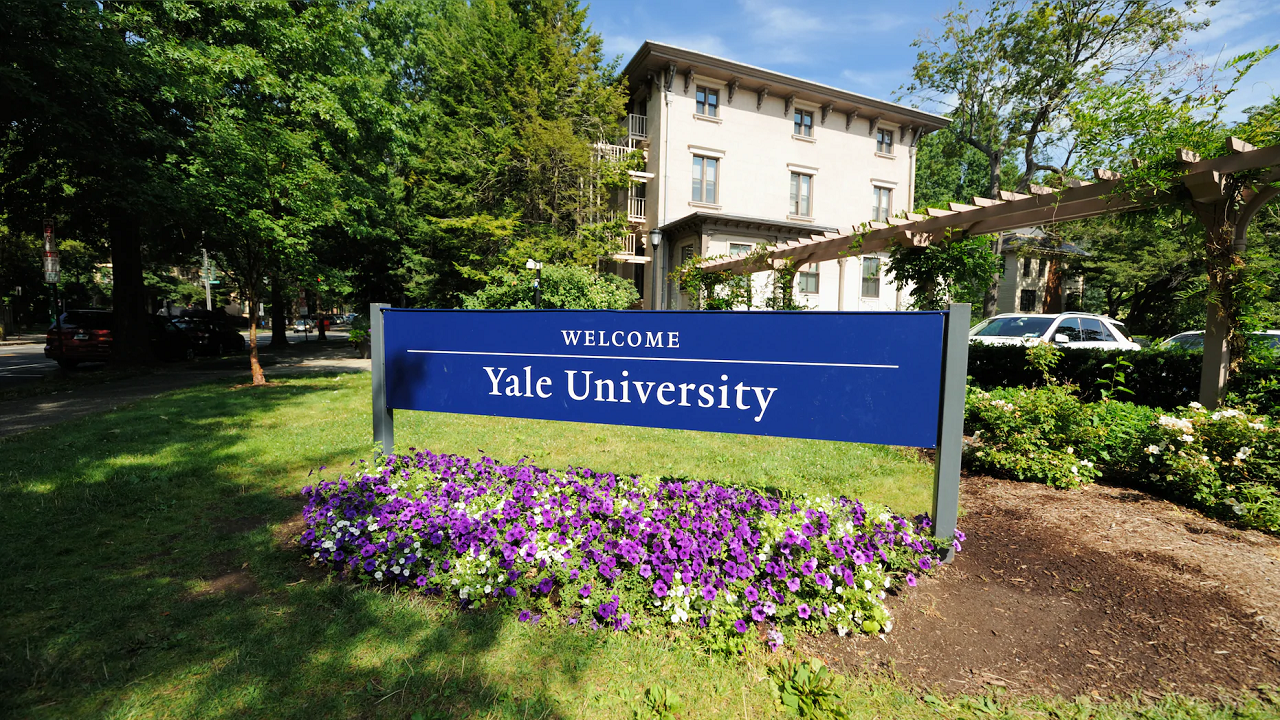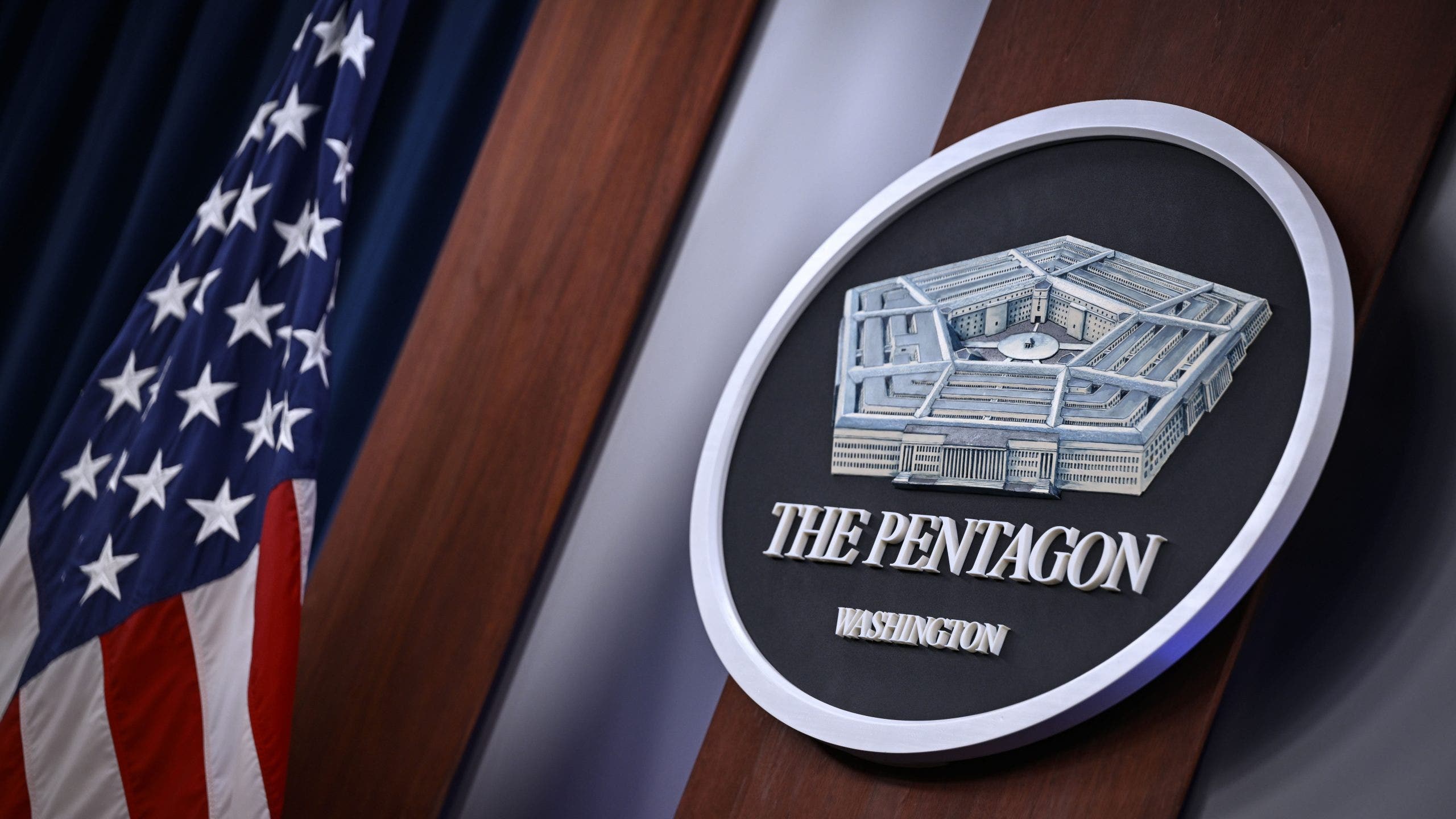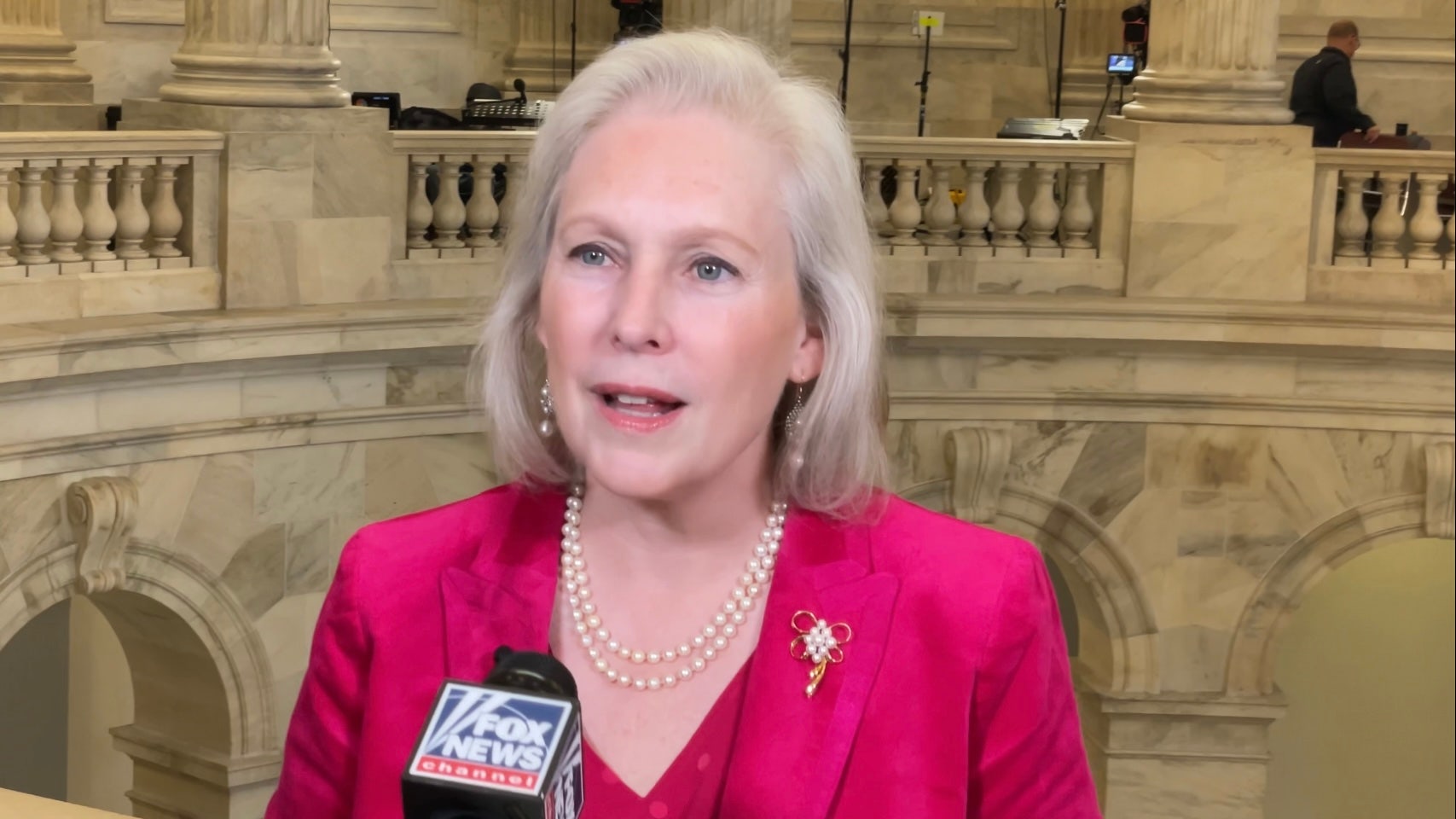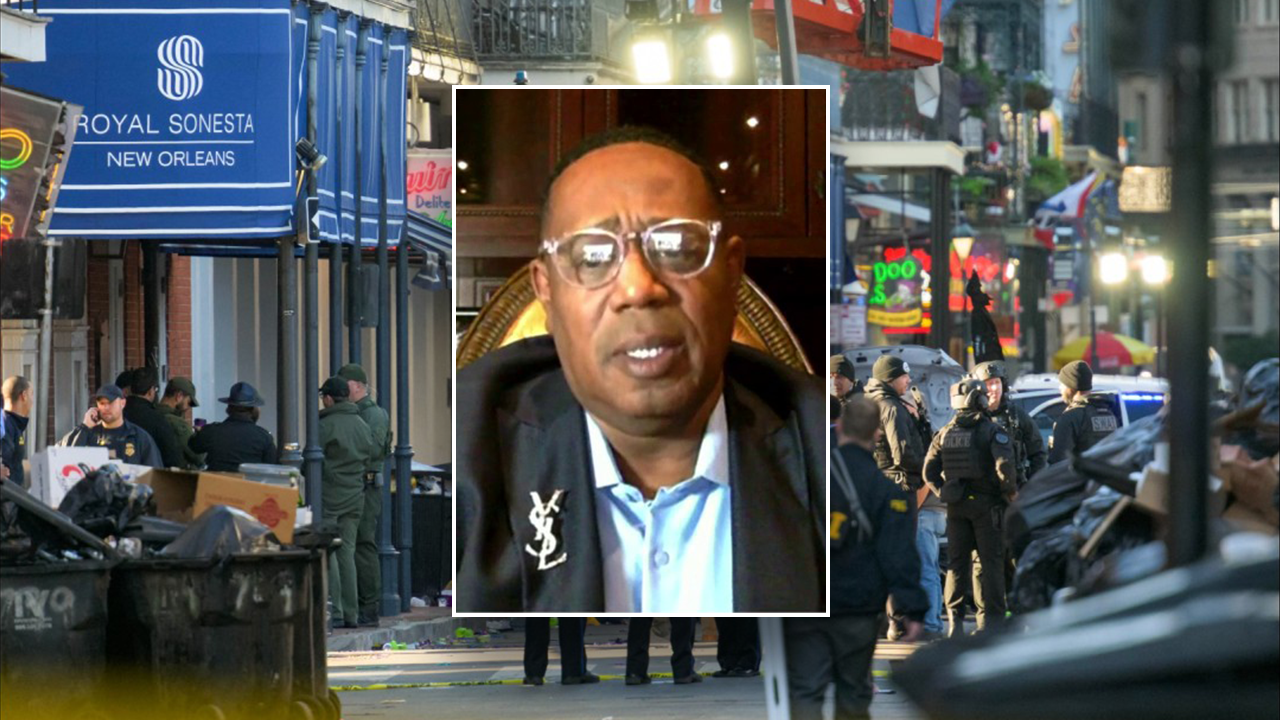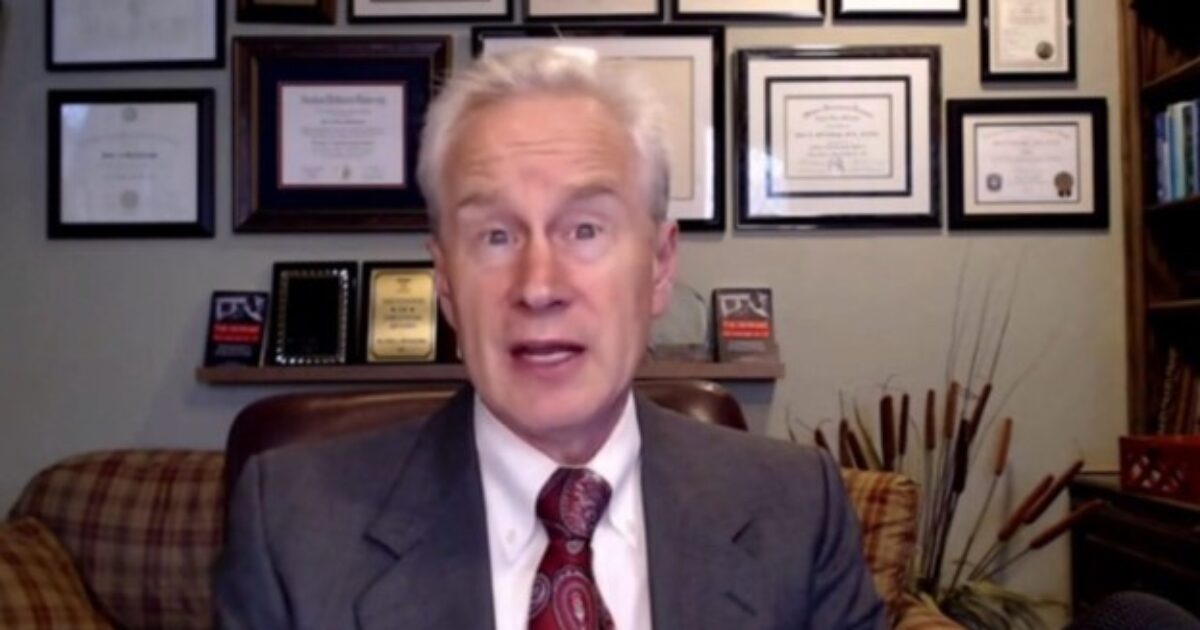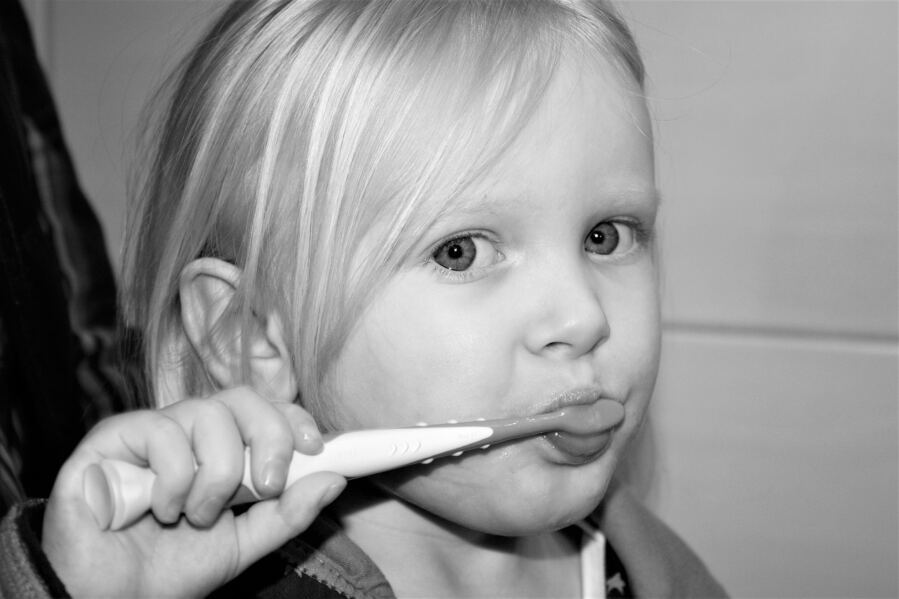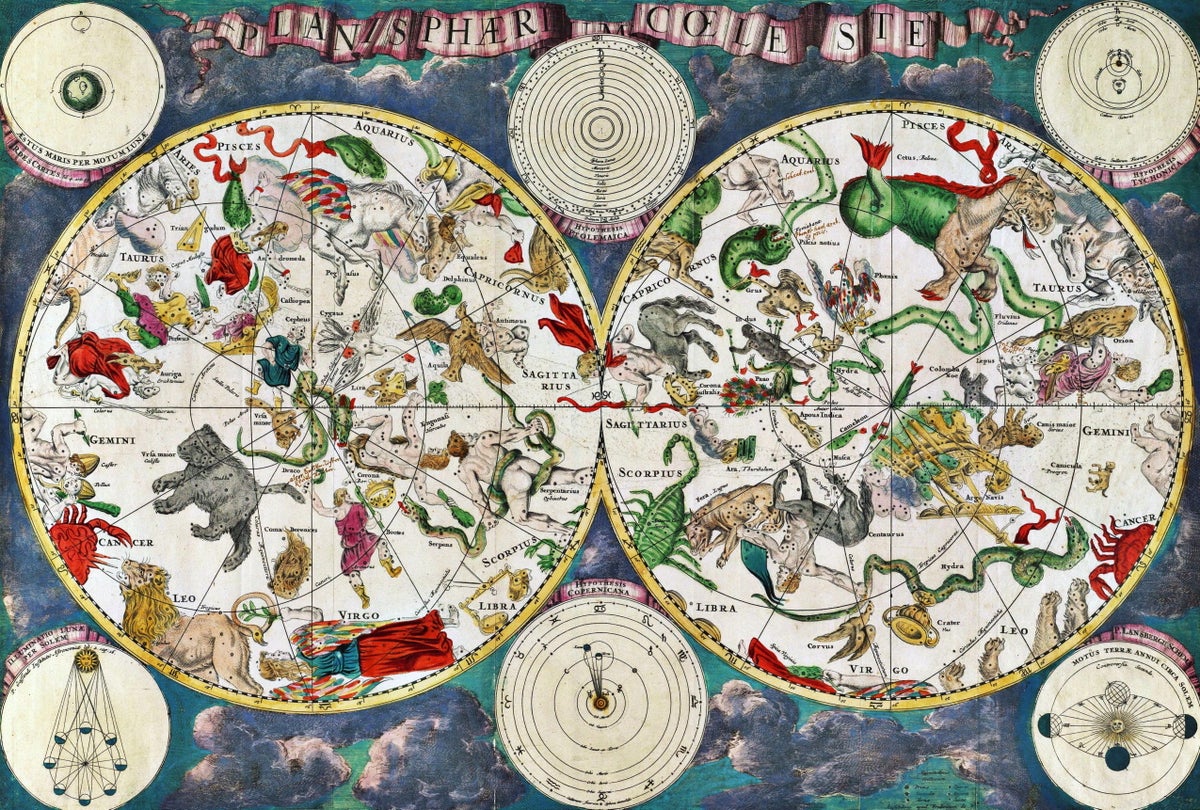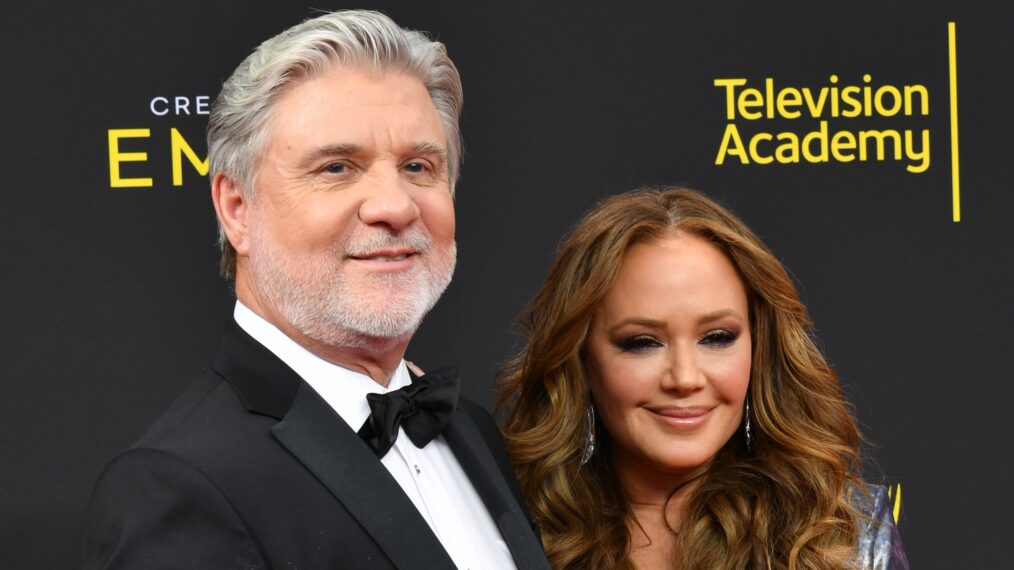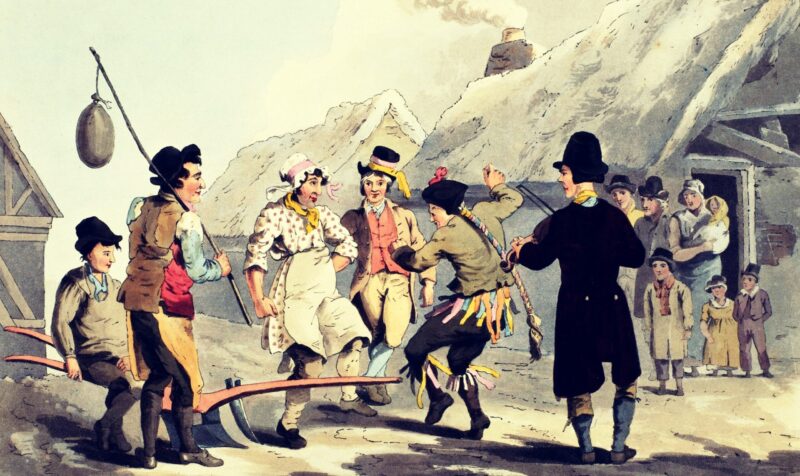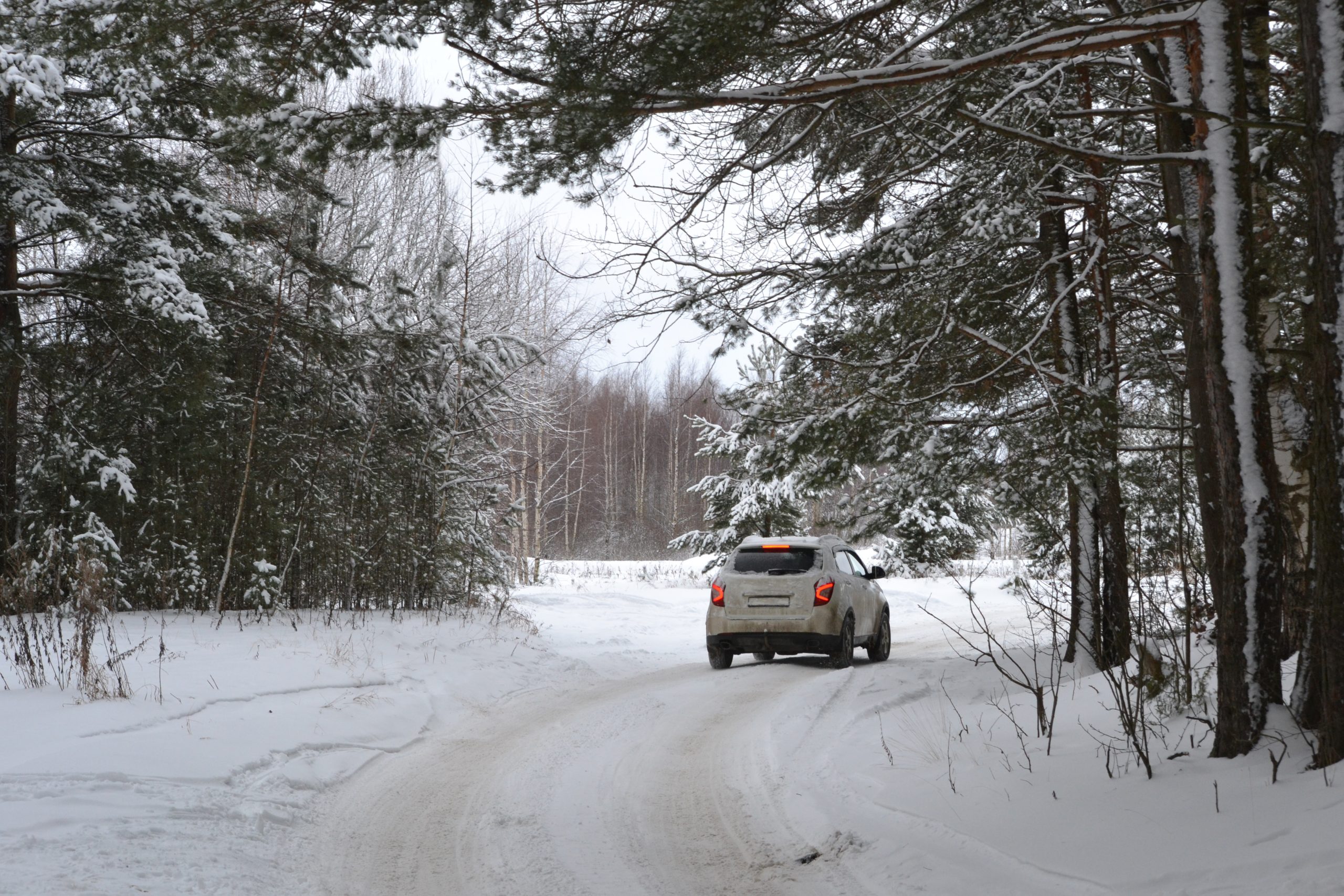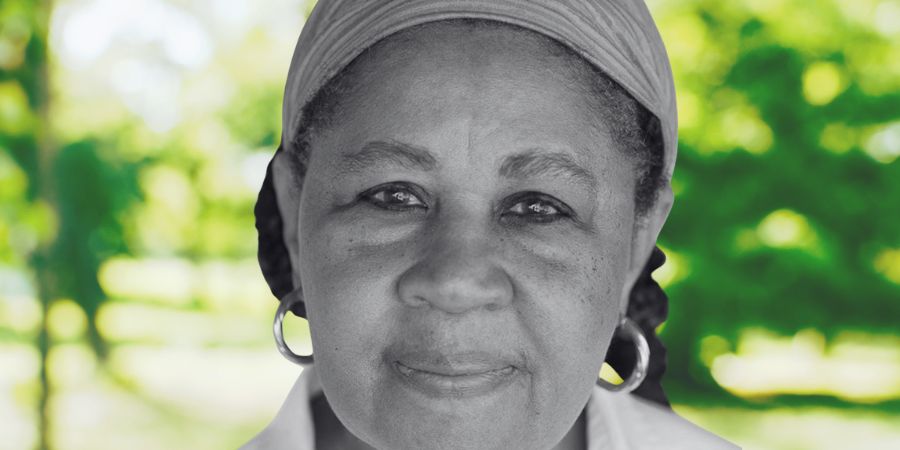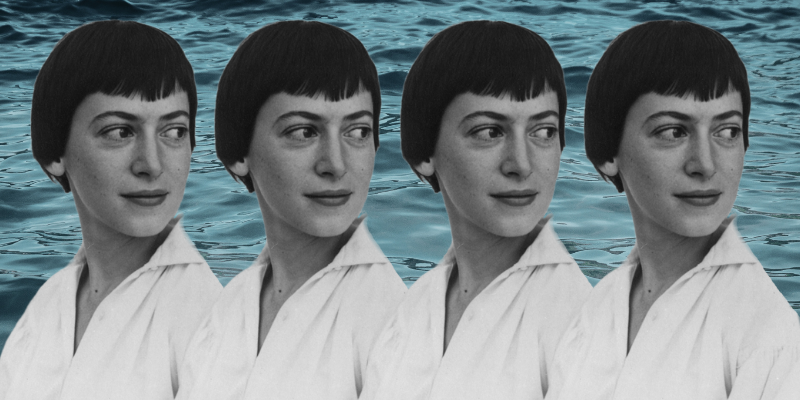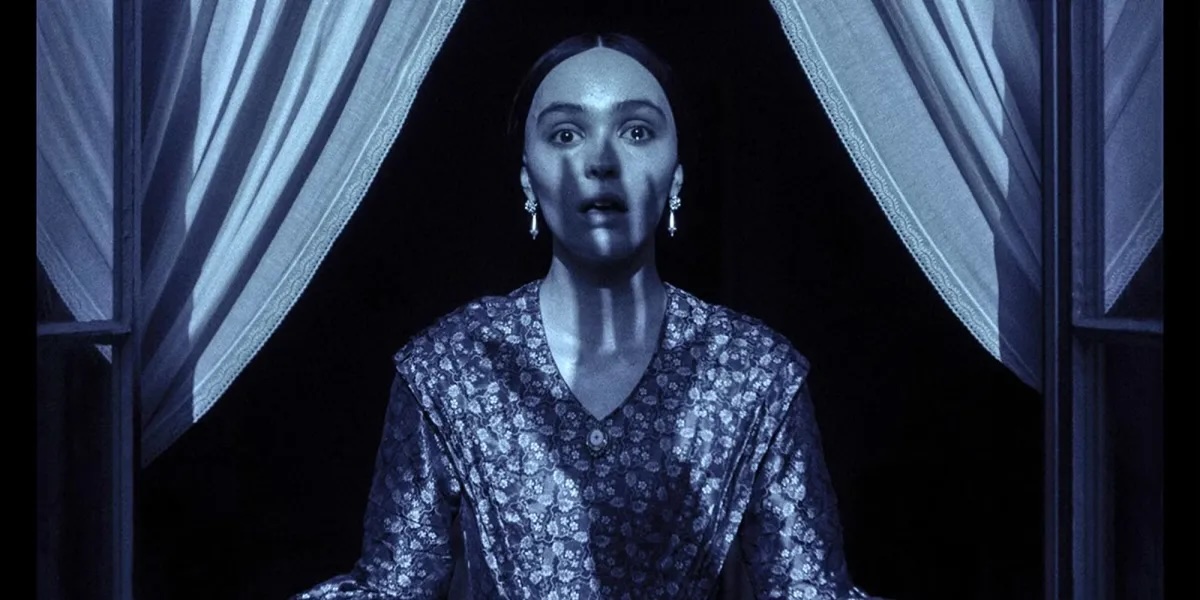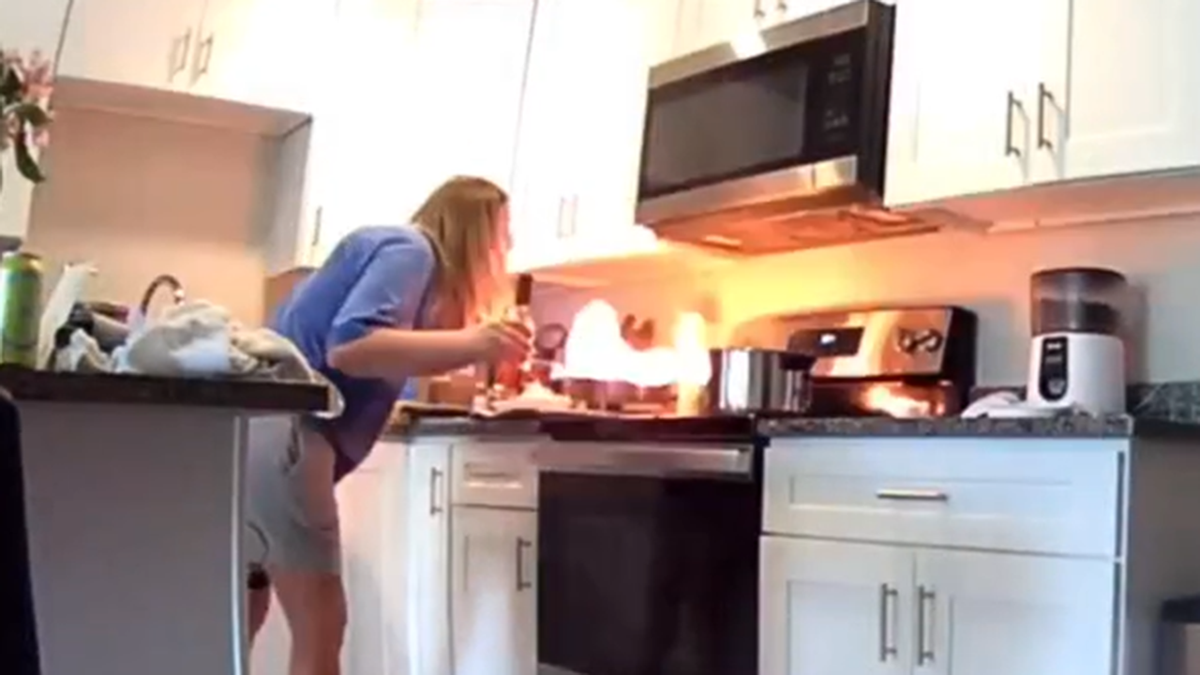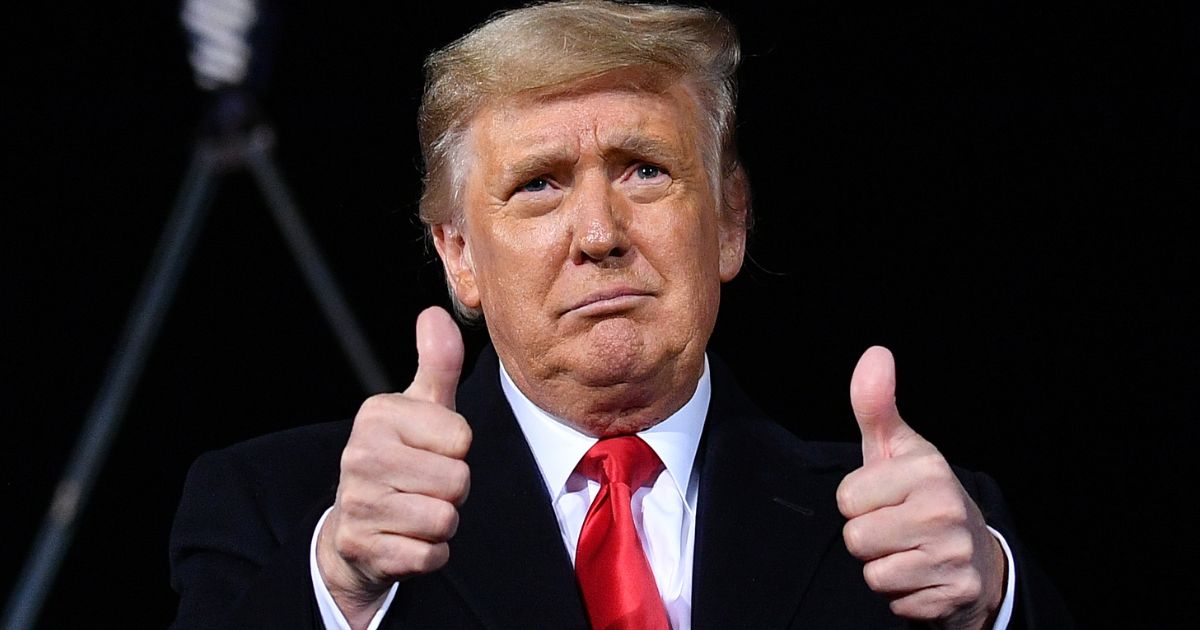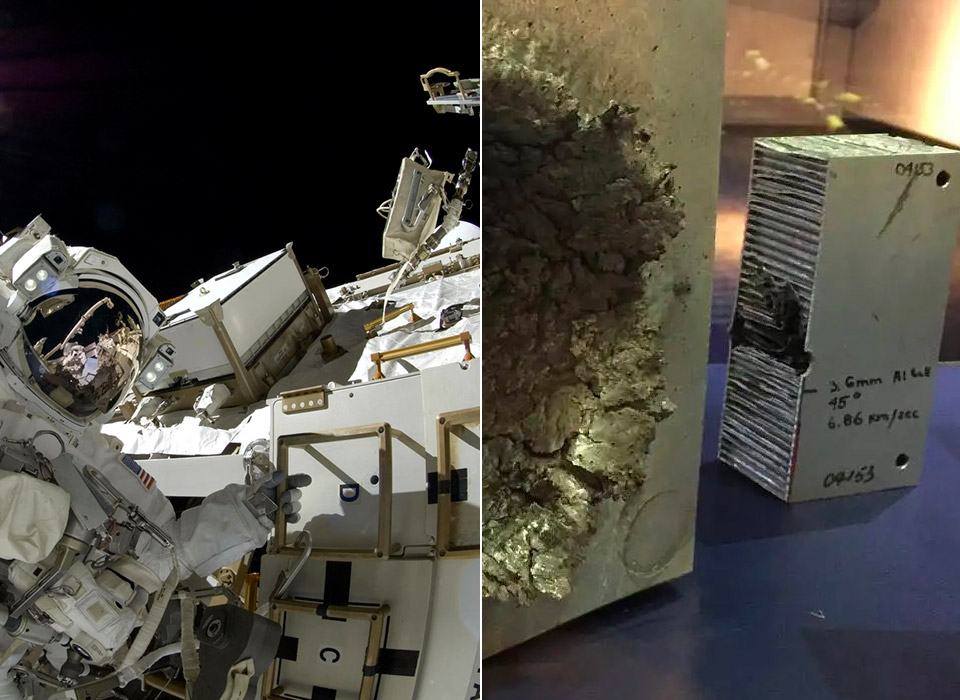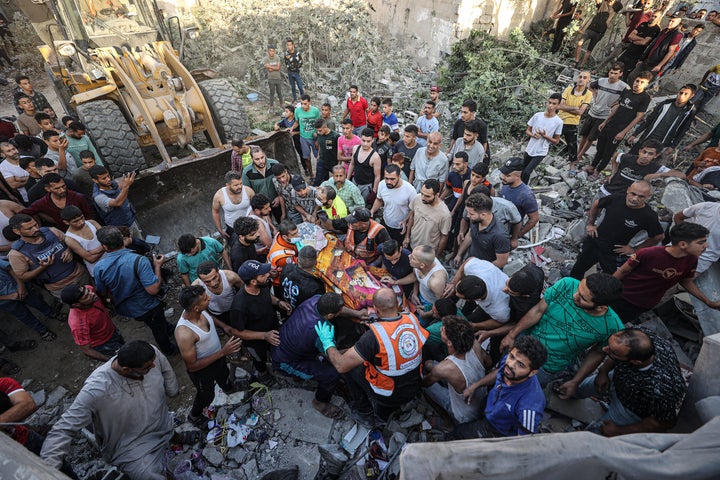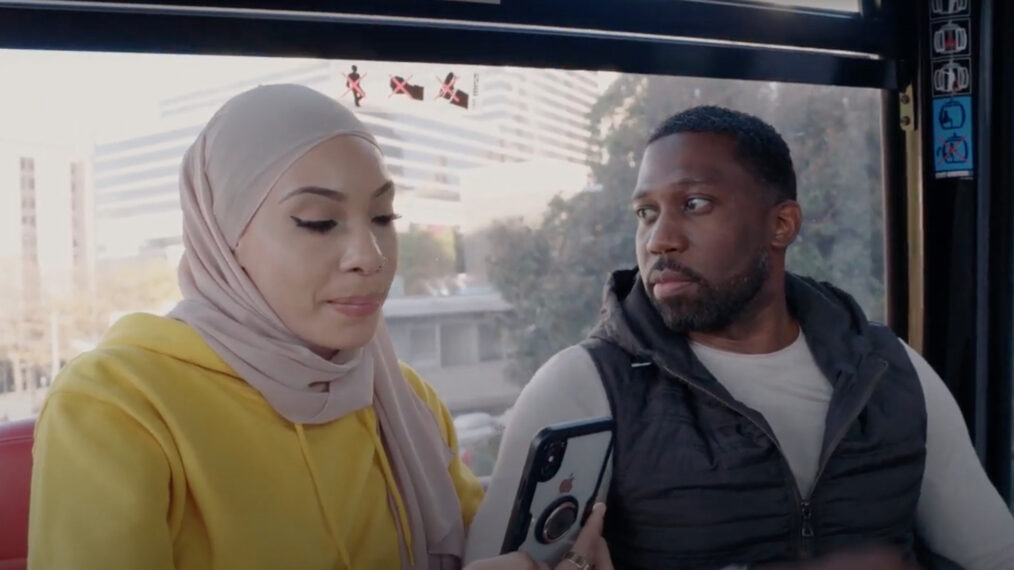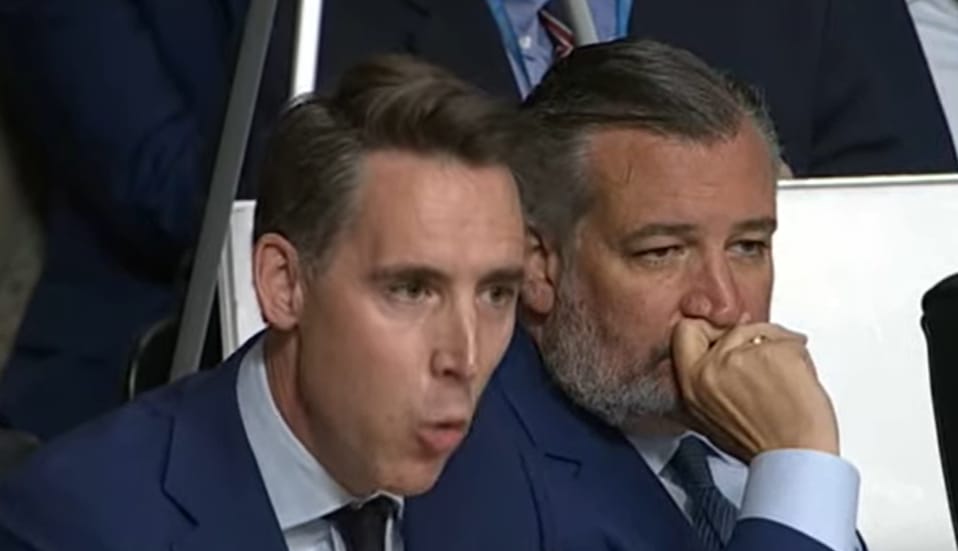Newsflash: Iran has invaded the sleepy Canadian city of Winnipeg. Correction: Iranian cinema has actually invaded Winnipeg. And even more specifically: Two Iranian movies that launched the nation onto the international film scene, Abbas Kiarostami’s Where Is the Friend’s House? (1987) and Jafar Panahi’s The White Balloon (1995), have somehow found their way into the capital of Manitoba.
What exactly they’re doing there is never explained. Nor is it really the point of director Matthew Rankin’s bizarre and enchanting experimental comedy Universal Language, which picked up the first-ever audience award in Cannes’ Directors’ Fortnight. Starring the director himself alongside a cast of Farsi-speaking locals both young and old, the film is rather hard to describe on paper, but let’s give it a shot.
Universal Language
The Bottom Line
The Persian version.
Venue: Cannes Film Festival (Directors’ Fortnight)
Cast: Rojina Esmaeili, Saba Vahedyousefi, Sobham Javadi, Mani Soleymanlou, Matthew Rankin, Pirouz Nemati
Director: Matthew Rankin
Screenwriters: Matthew Rankin, Pirouz Nemati, Ila Firouzabadi
1 hour 29 minutes
We’re in snow-covered Winnipeg, which half-resembles the drab, midsized Canadian city, and half looks like a neigborhood somewhere in Tehran — not present-day Tehran, but Tehran circa the 1980s and 90s. The signage is all in Farsi, there’s an outdoor market attached to an industrial warehouse where you can buy old typewriters or vacuum cleaners, chickens are wandering around in the snow, and the local branch of Tim Horton’s serves donuts and Persian specialties. What the hell is going on here?
You don’t have to be a major fan of the aforementioned Iranian classics — which this critic definitely is — to recognize Rankin’s homages to them throughout Universal Language, but it helps. The film’s opening, set in a classroom where a teacher (Mani Soleymanlou) scolds his students in a mix of Farsi and French, is straight out of Friend’s House, as are a host of other sequences. One of those students (Saba Vahedyousefi) finds a 500 Rial bill frozen in the ice, enlisting a school friend (Rojina Esmaelli) to help fish it out — which is exactly the plot of Panahi’s The White Balloon, ice notwithstanding.
Rankin’s feature debut, The Twentieth Century, was already a homage to old movies, recreating Hollywood Golden Age musicals by way of the frenzied retro montages of Guy Maddin (like Rankin, a native Winnipegger).
The style in Universal Language is worlds apart from that film. Cinematographer Isabelle Stachtchenko mimics the grainy, static 16mm look of Kiarostami’s early work, which was funded by Iran’s Institute for Intellectual Development of Children and Young Adults (whose logo Rankin even copies in the opening credits). Set designer Louisa Schabas inserts Farsi advertising wherever she can, whether on park benches, shopping mall billboards, local TV commercials or by transforming the original Tim Horton’s logo familiar to every Canadian.
Some peole will enjoy Universal Language just by sifting through all these strange details, but Rankin also includes a minimalist plot where he plays a local, also named Matthew Rankin, arriving back in Winnipeg after living for years in Montreal.
When he calls his mother on the phone before visiting, a man named Massoud (Pirouz Nemati) picks up, and it becomes clear that he’s taken Matthew’s place. So here we are in yet another Kiarostami film, the 1990 masterpiece Close-Up, about a young man who assumed the identity of director Mohsen Makhmalbaf, infiltrating a family until he was found out.
Rankin never takes things quite that far here, and his new film is much less of a drama than a quirky, deadpan comedy with a few standout moments — such as a scene where Massoud gives a tour of a depressing Winnipeg mall fountain as if he were presenting some kind of major revolutionary monument.
By converting his drab hometown into an exotic land filled with nostalgia (albeit a very niche nostalgia, primarily for Criterion Channel subscribers), Rankin seems to be seeking out the universal language of cinema itself. In his own very weird way he manages to find it, turning an everyday place into something momentarily special — which is what all good movies are supposed to do.

